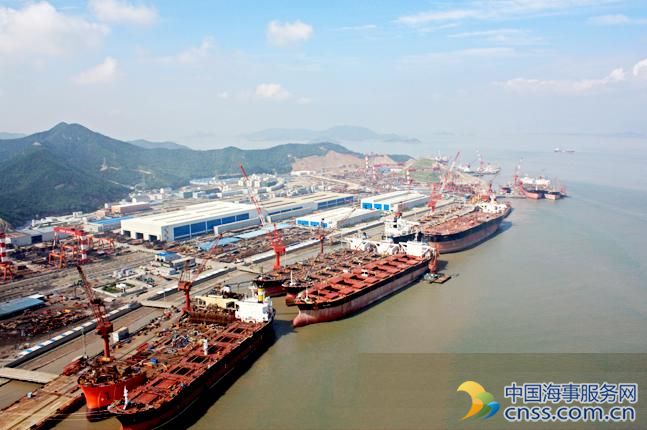Poll: China 2016 economic growth seen slowing to 6.5 percent despite policy support

China’s economic growth is expected to cool to 6.5 percent this year – the low end of Beijing’s target range – even as the government steps up spending and the central bank loosens policy further to prevent a sharper slowdown, a Reuters poll showed.
Persistent pressure on the world’s second-largest economy due to weak exports and massive industrial overcapacity are raising the stakes for policymakers keen on ensuring job growth while avoiding more serious fallout from China’s mounting debt.
“The economy still faces structural problems such as oversupply of real estate and overcapacity. Any policy stimulus on investment would not be indefinite and economic growth will eventually resume its downtrend,” Nomura economists said in a recent research note.
The median forecast in a Reuters survey of 60 economists taken in the past week is for 6.5 percent growth in 2016 – the weakest in a quarter of a century – with a further slowing to 6.3 percent in 2017 as a housing recovery that supported growth earlier this year loses momentum.
The forecasts are unchanged from an April poll.
The survey’s highest GDP forecast was 6.8 percent for this year and the lowest was 6.0 percent.
The government has set a growth target of 6.5-7 percent for this year. The economy expanded 6.9 percent in 2015.
The National Bureau of Statistics said last week that China’s economy expanded 6.7 percent in the second quarter, slightly faster than expected and unchanged from the first quarter of the year.
While fears of a hard landing in China have eased, growth in private sector investment is at a record low, leaving the economy more dependant on government support. Concerns are increasing that more state-led growth risks a “vicious cycle” of declining efficiency and lower growth potential.
The property sector, which has given China’s economy a welcome boost in recent months by spurring demand for products from cement to steel, showed signs of fatigue in June, with real estate investment growth cooling for a second month.
Home price gains slowed in many cities in June, adding to expectations that the current housing cycle may be peaking.
The central bank has held off on cutting interest rates since October, with a government newspaper quoting an “authoritative source” in May as saying the country could suffer a financial crisis and recession if the government relies too much on debt-fuelled stimulus.
But economists believe a further slowdown could lead the People’s Bank of China (PBOC) to cut the benchmark interest rate by another 25 basis points (bps) by the first quarter of 2017.
They also expected the PBOC will lower the amount of cash that banks are required to hold as reserves (RRR) by another 75 bps by the end of 2016.
Economists polled in April had expected a 25 bps rate cut and a total of 150 bps of RRR cuts this year.
China’s central bank has cut lending rates six times since November 2014 to 4.35 percent, and lowered the amount of cash that banks are required to hold as reserves to 17 percent.
Analysts also expect annual inflation to average 2 percent in 2016 and 2017, underscoring the sluggish growth outlook. Inflation was 1.9 percent in the first half of 2016.
Source: Reuters (Reporting by Elias Glenn, polling by Shaloo Shrivastava and Khushboo Mittal; Editing by Kim Coghill)
HEADLINES
- Do shipping markets want Biden or Trump for the win?
- All 18 crew safe after fire on Japanese-owned tanker off Singapore
- Singapore launching $44m co-investment initiative for maritime tech start-ups
- Cosco debuts Global Shipping Industry Chain Cooperation Initiative
- US warns of more shipping sanctions
- China continues seaport consolidation as Dalian offer goes unconditional